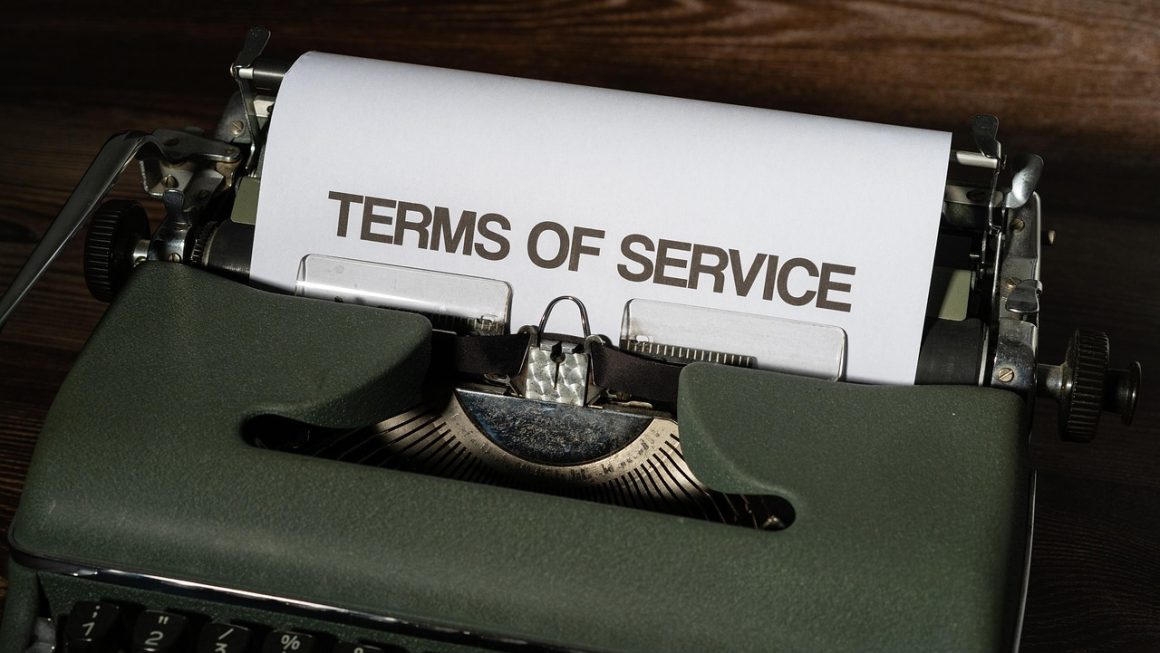Crafting the perfect offer to entice customers and boost sales can be a delicate balancing act. One strategy that consistently proves effective is the power of bundle offers. By strategically combining products or services, businesses can not only increase their average order value but also provide significant value and convenience to their customers. Let’s delve into the world of bundle offers and explore how to leverage them for maximum impact.
Understanding Bundle Offers: A Comprehensive Guide
What is a Bundle Offer?
A bundle offer is a marketing strategy where several products or services are grouped together and sold as a single unit, often at a discounted price compared to purchasing each item individually. This approach incentivizes customers to buy more, explore new products, and ultimately, increases overall revenue.
- It’s a win-win situation: customers get a better deal, and businesses increase their sales volume.
- Bundles can also be used to clear out slow-moving inventory or introduce new products.
- Consider it a curated shopping experience, simplifying choices for customers.
Types of Bundle Offers
Bundle offers aren’t a one-size-fits-all solution. The most effective type depends on your products, target audience, and business goals. Here are some common types:
- Product Bundles: Combining related products together, such as a camera, lens, and carrying case.
Example: A gaming bundle consisting of a console, extra controller, and a popular game.
- Mix-and-Match Bundles: Allowing customers to choose specific items from a selection to create their own bundle.
Example: Buy any 3 t-shirts for $50.
- New Product Bundles: Combining a new product with an existing popular product to drive adoption.
Example: A new skincare serum bundled with a well-known moisturizer.
- Occasion-Based Bundles: Creating bundles tailored to specific holidays or events.
Example: A “Back to School” bundle containing notebooks, pens, and a backpack.
- Subscription Bundles: Offering recurring delivery of a curated set of products.
Example: A monthly coffee subscription box featuring different roasts and brewing accessories.
The Benefits of Offering Bundles
Increased Sales and Revenue
Bundle offers are a powerful tool for boosting sales. By offering a perceived discount, you encourage customers to spend more than they initially intended.
- Higher Average Order Value (AOV): Bundles naturally increase the amount customers spend per transaction. Studies show that businesses offering product bundles can see an average AOV increase of 10-30%.
- Faster Inventory Turnover: Bundling slow-moving items with popular ones can help clear out inventory and free up space.
- Cross-Selling Opportunities: Bundles introduce customers to products they might not have otherwise considered.
Enhanced Customer Value
Customers are always looking for a good deal. Bundles provide value by offering a lower price than buying each item separately, and the convenience of getting everything they need in one purchase.
- Perceived Savings: Customers feel like they’re getting a great deal, even if the discount is relatively small.
- Convenience: Bundles simplify the shopping process, saving customers time and effort.
- Problem Solving: Well-designed bundles solve a specific need or problem for the customer. For example, a “Home Office Starter Kit” bundles all the essentials someone needs to set up a workspace.
Improved Customer Loyalty
Strategic bundles can foster customer loyalty by providing ongoing value and demonstrating that you understand their needs.
- Repeat Purchases: Subscription bundles encourage repeat business and create a predictable revenue stream.
- Positive Brand Perception: Offering valuable bundles enhances the perception of your brand as customer-centric.
- Increased Customer Lifetime Value (CLTV): By creating loyal customers, you increase their long-term value to your business.
Creating Effective Bundle Offers
Understand Your Target Audience
Before creating any bundle, it’s crucial to understand your customers’ needs, preferences, and buying habits.
- Analyze Customer Data: Examine past purchases, website behavior, and customer feedback to identify popular product combinations.
- Conduct Market Research: Use surveys, polls, and focus groups to gather insights into what customers are looking for.
- Create Customer Personas: Develop detailed profiles of your ideal customers to help you tailor your bundle offers.
Strategic Product Combinations
The key to a successful bundle is choosing products that complement each other and offer a cohesive solution.
- Related Products: Group products that are naturally used together.
Example: A baking bundle with flour, sugar, baking powder, and a mixing bowl.
- Upgrades and Add-ons: Offer a bundle that includes an upgrade to a basic product or essential add-ons.
Example: A computer bundle with an upgraded processor, extra RAM, and a wireless mouse.
- Consider Profit Margins: Ensure that the discounted bundle price still allows for a healthy profit margin.
Pricing Your Bundle Effectively
Pricing is crucial. Too high, and customers won’t bite. Too low, and you’re leaving money on the table.
- Calculate Individual Item Costs: Determine the total cost of all items in the bundle.
- Offer a Discount: Provide a discount of 10-30% compared to purchasing each item separately.
- Consider Perceived Value: Price the bundle in a way that reflects the value customers receive. A premium bundle might command a higher price, even with a smaller discount percentage.
Marketing and Promoting Your Bundles
Highlight the Value Proposition
Clearly communicate the benefits of the bundle to potential customers. Emphasize the savings, convenience, and problem-solving aspects.
- Use Compelling Headlines: Craft headlines that grab attention and highlight the discount or value offered.
Example: “Save 20% with Our Ultimate Home Office Bundle!”
- Showcase the Products: Use high-quality images and descriptions to showcase the items in the bundle.
- Create Urgency: Use limited-time offers and scarcity tactics to encourage immediate purchase.
Leverage Multiple Marketing Channels
Promote your bundles through all available marketing channels, including:
- Website: Feature bundles prominently on your website’s homepage, product pages, and dedicated landing pages.
- Email Marketing: Send targeted email campaigns to subscribers, highlighting specific bundles and offering exclusive discounts.
- Social Media: Promote bundles on social media platforms with engaging visuals and compelling copy.
- Paid Advertising: Use paid advertising to reach a wider audience and drive traffic to your bundle offers.
Track and Optimize Performance
Monitor the performance of your bundle offers to identify areas for improvement.
- Track Sales and Revenue: Monitor the sales and revenue generated by each bundle.
- Analyze Customer Feedback: Collect feedback from customers on their experience with the bundles.
- A/B Test Different Bundles: Experiment with different product combinations, pricing strategies, and marketing messages to optimize performance.
Conclusion
Bundle offers are a powerful tool for driving sales, enhancing customer value, and fostering loyalty. By carefully planning your bundle offerings, pricing them strategically, and marketing them effectively, you can unlock significant revenue growth and build stronger relationships with your customers. Remember to always prioritize the customer experience and provide genuine value to ensure long-term success. Consider these actionable takeaways to start implementing bundles today:
- Analyze your product data and identify complementary products for potential bundles.
- Calculate your profit margins carefully when pricing your bundles.
- Promote your bundles across all marketing channels, highlighting the value proposition.
- Track and optimize the performance of your bundles based on sales and customer feedback.




